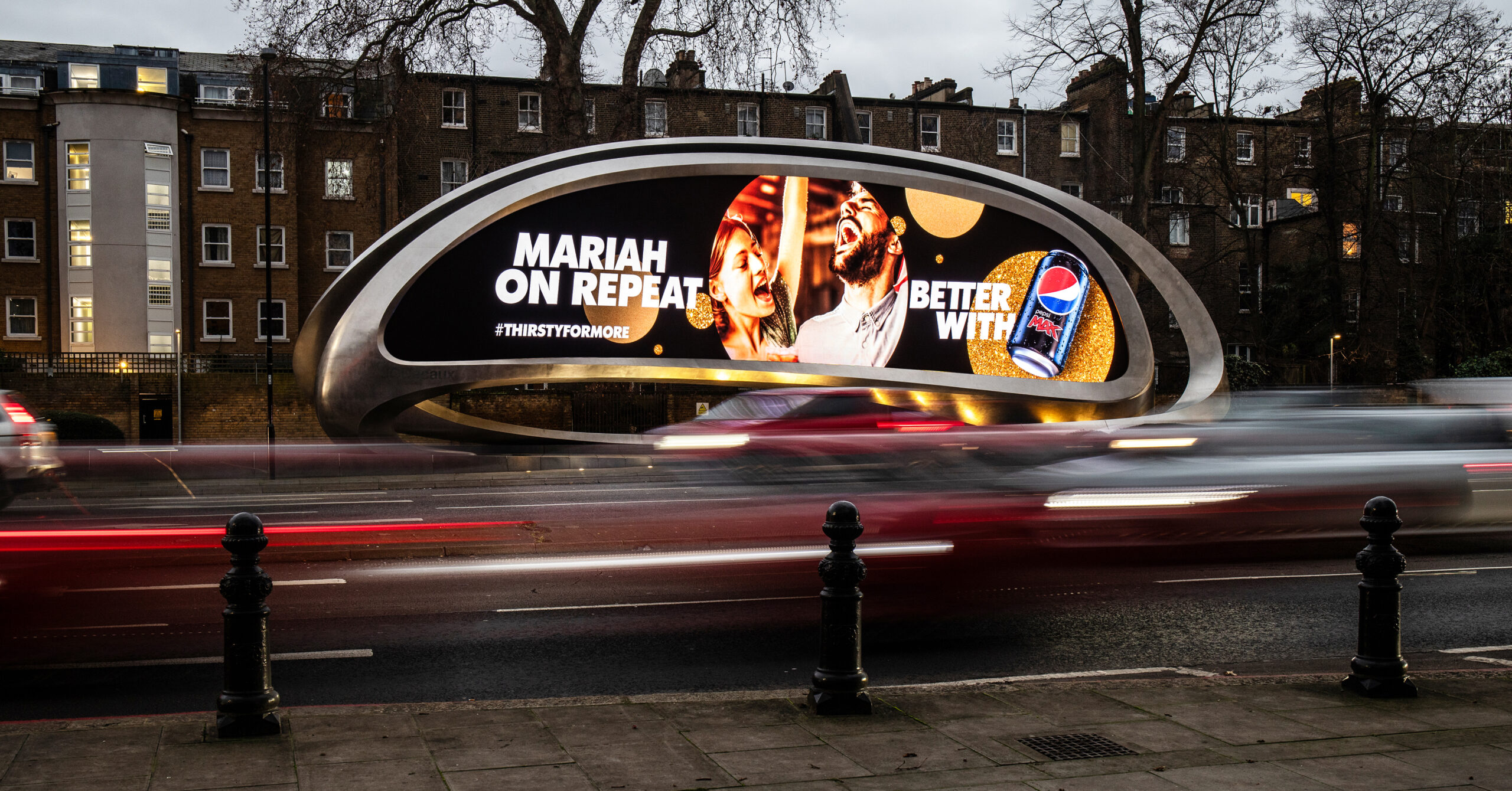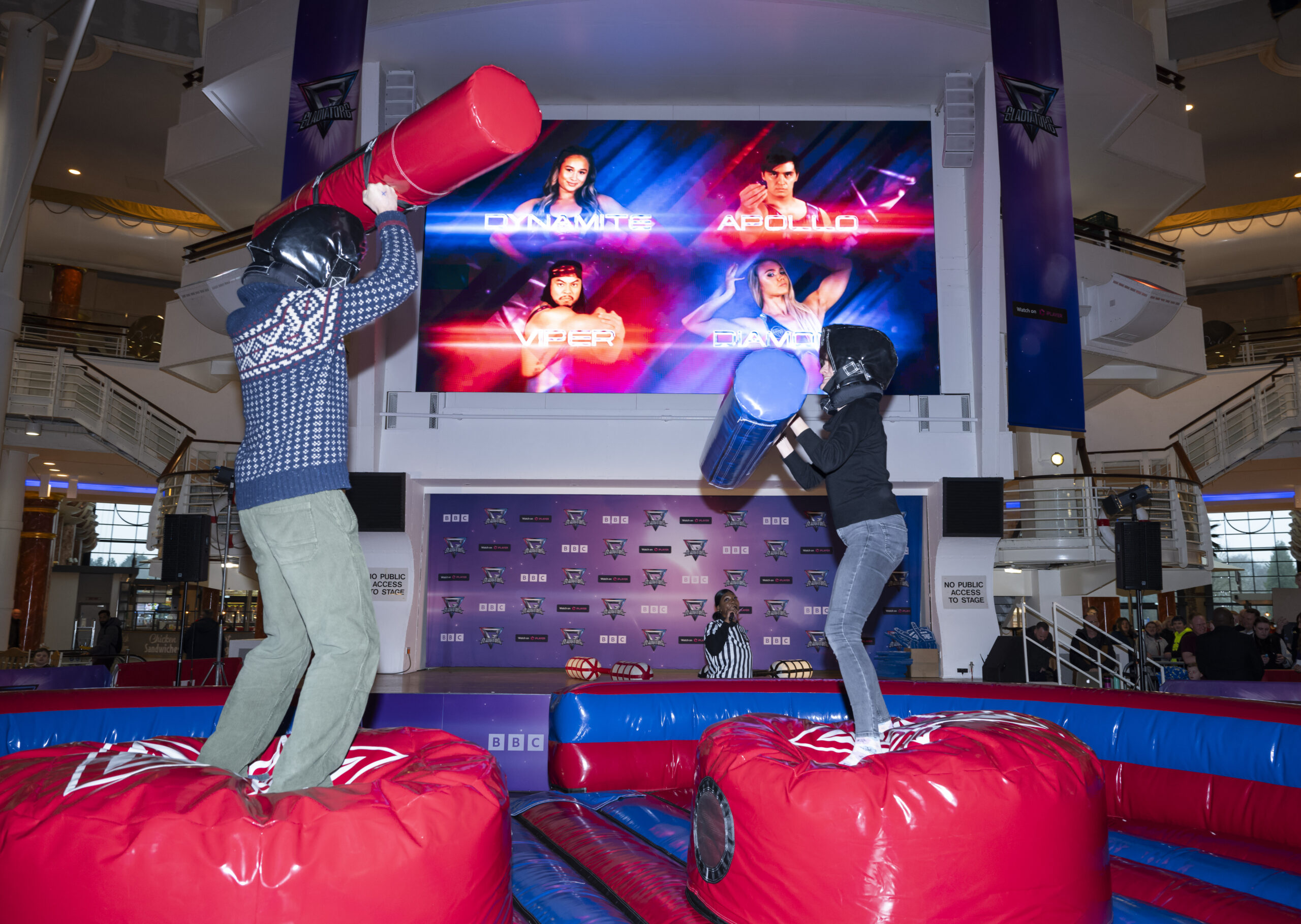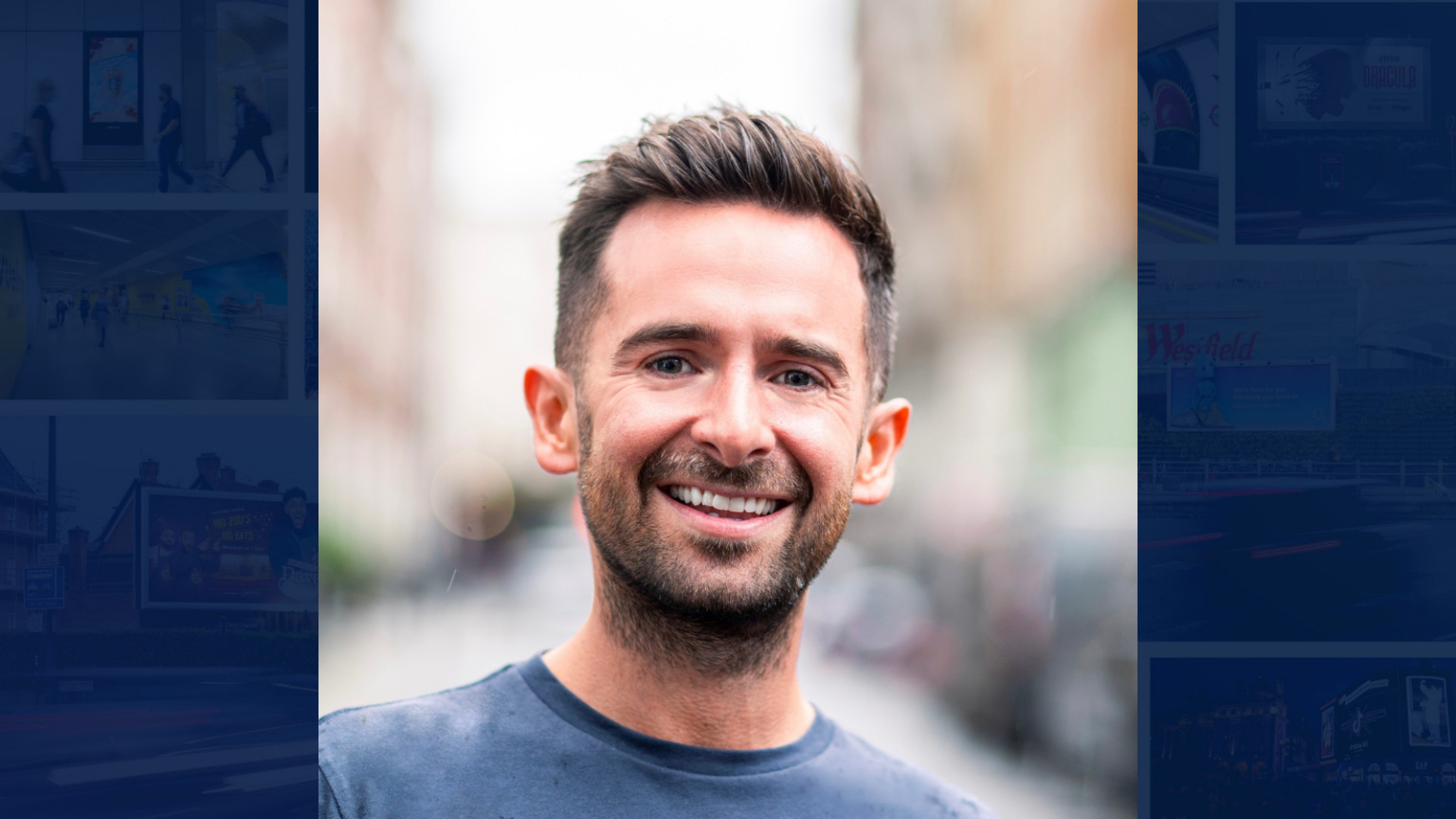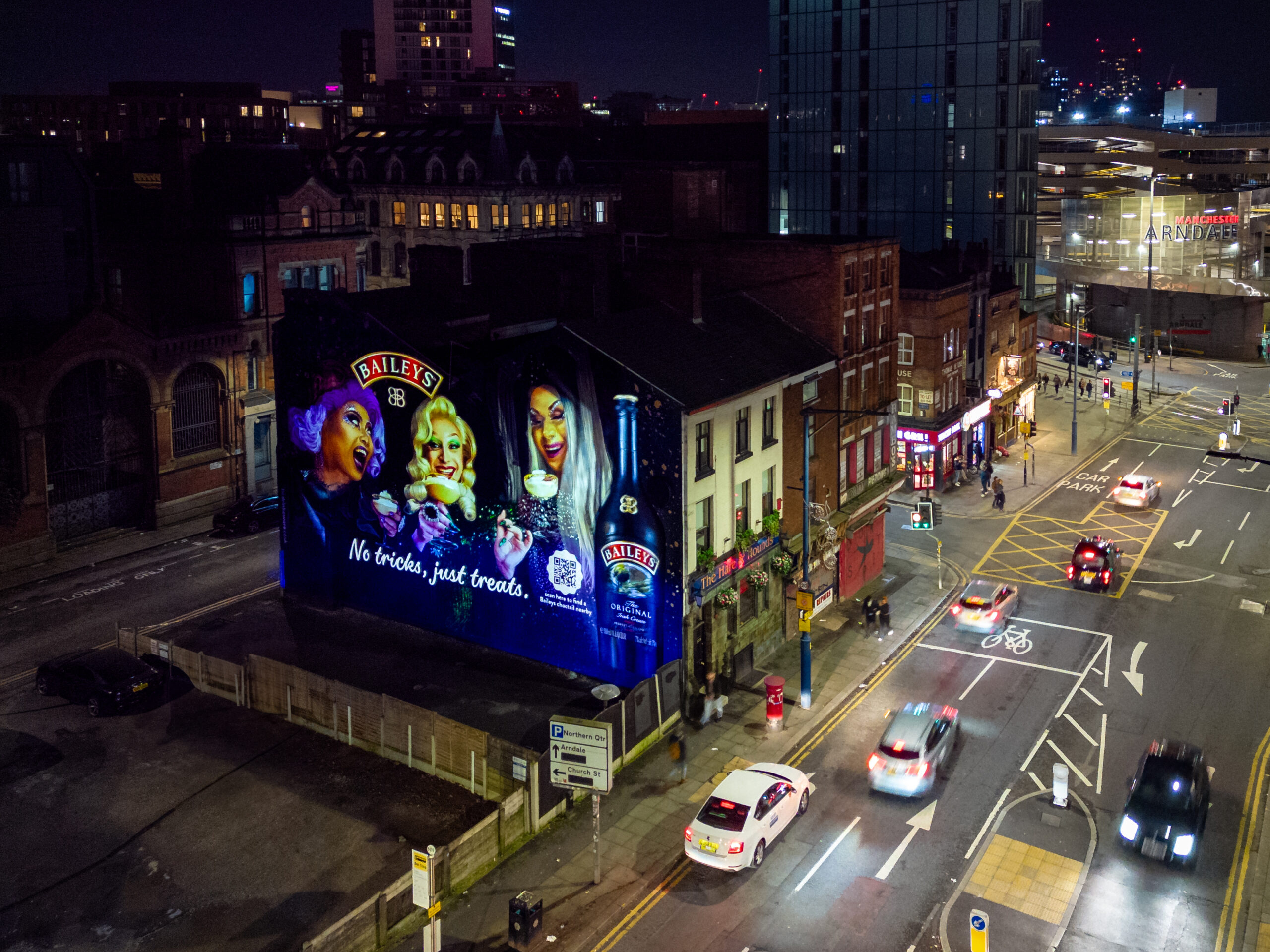Interactive Outdoor: Challenges and Opportunities
One aspect of digital out-of-home that most excites brands and agencies is the capability to deliver dynamic or interactive campaigns. However, the medium is still in its infancy, with many still unaware of what is possible, and the challenges involved. Such campaigns are often seen as being time-consuming, complicated and costly — consequently, there can be a good deal of apprehension in commissioning or developing interactive DOOH campaigns.

Despite the apprehension around such activity, in recent months, here at Grand Visual we have noticed a rise in the number of interactive DOOH campaigns taking place and enquiries about producing such work. It therefore seems a good time to revisit a panel discussion on the topic of interactive digital out of home held during the FLEX: London DOOH conference back in May.
The panel consisted of Suneil Saraf, Media Group Manager of PHD Media; Scott Davies, VP UK & Ireland of Never.no; Justin Gibbons, the Founder of Work Research; and Dan Dawson, Digital Director of Grand Visual. Moderated by industry commentator Ivan Clark, the discussion covered aspects such as engagement, cost, creativity, metrics and return on investment.
Generating interest & engagement
As Scott Davies explained, the real power of interactivity is its ability to raise interest in a product or brand by motivating the consumer to interact with that brand’s advertisement. A consumer may be unaware or disinterested in a product, but when presented with an engaging interactive experience they frequently have a desire to participate.
Scott drew on his experience in developing the Be Stupid campaign for Diesel in Denmark which utilised consumer generated content. People were encouraged to take photos of themselves “being stupid” and then post them to a dedicated Facebook page. The content was then delivered in real-time to DOOH sites. Scott suggested that major reasons for people’s willingness to engage with the media was because out-of-home, like television, is usually a closed media channel, and that people “love to see themselves in or on things”. This viewpoint was supported by Dan Dawson who witnessed the same enthusiasm for big-screen interaction from members of the public presented with the GV produced augmented reality-based Angel Ambush campaign for Lynx.
Research carried out by Justin Gibbon’s company, Work Research, concluded that once a consumer is engaged in a brand or product through an interactive experience they are more likely to have a positive perception of the brand, and be open to further engagement. As Scott pointed out “it’s a bit of fun for them, but really you’re making the brand stronger”. People will share the experience with their friends, and the campaign may also generate additional earned media through press coverage or social media sharing.
 As Justin stated, interactive advertising has a far greater chance of fixing itself in the consumer’s memory than other forms of advertising. In addition, in the case of campaigns such as Be Stupid, the process of interaction facilitates the collection of consumer data, enabling the brand to build up a database of engaged individuals that are likely to be receptive to future marketing.
As Justin stated, interactive advertising has a far greater chance of fixing itself in the consumer’s memory than other forms of advertising. In addition, in the case of campaigns such as Be Stupid, the process of interaction facilitates the collection of consumer data, enabling the brand to build up a database of engaged individuals that are likely to be receptive to future marketing.
Return on investment
The issues of return on investment and relative cost are problematic ones for interactive DOOH. Such campaigns are frequently seen as being time-consuming and costly, and accurate assessment of their effectiveness can be difficult to achieve. Suneil Saraf admitted that, unlike TV or the web, there is no standard model for ROI assessment, but argued that with DOOH “you’re really dealing with people’s long term associations with brands”. He suggested that what needs to be measured is what happens after the interaction. “Do they wander into your store? Do they tweet about you?”
Using the examples of the PHD Media planned Cadbury’s Spots v Stripes and Creme Egg campaigns he demonstrated that interactive DOOH doesn’t need to be prohibitively expensive and can deliver calculable ROI. The Spots v Stripes launch campaign, which consisted of two interactive games produced by Grand Visual, played out at nine locations at a cost of approximately £100,000. In each location the activity engendered a positive response, particularly amongst the young, with people playing the game, taking photographs, sharing the experience and subsequently accessing the campaign website to register their points. By the conclusion of the launch, the interactive DOOH activity had become the third most recognised piece of media from the campaign.

Likewise, the Creme Egg campaign, consisting of a game running on twenty interactive screens at bus shelters around the UK, resulted in one million games being played over two weeks—on average two thousand games a day—and a twenty-five percent uplift in understanding that Creme Eggs are only available for a limited time.
Cost-effectiveness
The cost-effectiveness of interactive DOOH was reinforced by the comments of both Dan Dawson and Scott Davies. Scott referred to a campaign for Skoda that encouraged consumers to interact by text which resulted in 600 text responses, leading to 60 new vehicle sales over a period of two weeks. Dan (and Jeremy Way of Mindshare Invention later in the day) pointed out that beyond the immediate on-site impressions (estimated to be over 100,000), the Angel Ambush campaign produced significant ancillary media coverage, with the video of the event generating over 900,000 views on YouTube, and led to news articles in mainstream and industry publications. When considered in such a context, the per event or per location cost for such an interactive DOOH campaign can be seen as delivering a good ROI.
The panel agreed with Suneil’s statement that it can be a heavy investment, but as Scott pointed out, the increasing number of campaigns has led to agencies and production companies to steadily develop technology and systems to make the process quicker and more cost effective, so it is often not as expensive as one might think. The challenge facing those creating and producing interactive DOOH is greater than an issue of cost—it is making those campaigns relevant and engaging to an audience. “It’s not a case of taking a TV ad and sticking it up on a screen somewhere, it’s coming up with an original idea and making sure it fits in with the particular channel and environment you’re working into” said Suneil.
Conclusion
The panel agreed that production costs will inevitably come down for many interactive campaigns as processes become more standardised. Additionally, methods for more accurately assessing impact, engagement and ROI are likely to develop in the near future. The consensus was that, although challenges remain, new developments such as NFC-enabled smartphones, mobile augmented reality, and location based technologies mean that the potential of interactive out-of-home media is only just starting to be realised.




